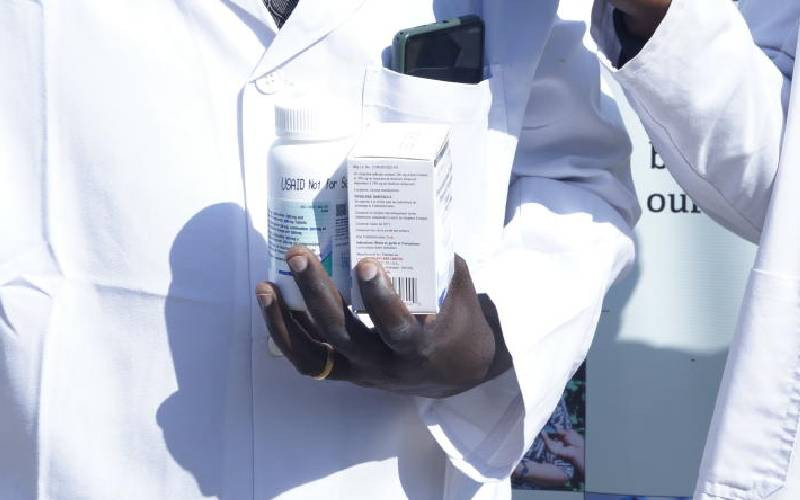
As the worldwide ocular community celebrates World Glaucoma week March 12 - 18, I would like to put the spotlight on the leading cause of preventable irreversible blindness known as glaucoma, commonly referred to as the 'thief of sight'.
Glaucoma is a group of eye conditions that manifests in a gradual, subtle way, but with very harmful effects. From my experience with patients, I have found that glaucoma believes in the power of stealth and silence and pounces upon us unexpectedly.
As we try to understand how glaucoma comes about, it's important to remember that an early diagnosis and treatment can prevent vision impairment. I usually encourage my clients to come back for regular eye checks across all ages.
Glaucoma is a disease that damages the optic nerve at the point where it leaves the eye. This nerve carries information from the light-sensitive layer in your eye (the retina), to the brain where it is perceived as a picture.
In a healthy eye, a clear liquid in the anterior chamber (the front portion of the eye) flows flawlessly through the drainage system. This clear liquid provides nutrients to eye tissues and maintains the eye in a balanced pressurised state.
When this liquid does not flow properly through the drainage system, fluid pressure builds up and presses onto the optic nerve, causing damage to the nerve fibers. It is important to note that eye pressure is largely independent of blood pressure.

Here are the symptoms to look out for:
Chronic or Open Angle Glaucoma: No pain but the field of vision becomes gradually impaired.
Acute or Closed Angle Glaucoma: Piercing pain, red eyes, and rapid deterioration of sight. This might be accompanied by a blackout, nausea, vomiting, and misty rainbow rings around white lights. This may result in permanent damage if not treated properly.
Secondary Glaucoma: A rise in eye pressure caused by other conditions like use of steroid-containing eye drops, injections and pills, pigmentary granules from the iris, uveitis. Others are family history, thinner than usual corneas, sickle cell anemia, diabetes or elevated inter-ocular pressure [IOP].
Congenital glaucoma: Caused by malformation of the eye, like poor development of the angle of the eyes, mainly at birth. Hazy eyes, especially in infants should be considered a red flag. Evaluation of the eyes should become a priority.
Glaucoma cannot be prevented, but if detected early, it can lower the risk of eye damage. The below steps may help protect your vision:
Regular eye exams are key: Adults over the age of 40-45 need to be checked every 3-5 years. If you have a family history of Glaucoma or any other underlying disease like retinitis pigmentosa, scotoma, stroke, diabetic retinopathy and in some cases even migraine with an aura.
Follow instructions: If your eye test shows a high value of intraocular pressure (IOP), eye drops will generally manage the condition. Follow a strict medication discipline as prescribed by your eyecare practitioner.
Family history: Inquire from your family members or relatives whether any of them have been diagnosed with glaucoma. If so, make it clear to the eyecare practitioner upon each visit.
- Dr Murtaza Somji is an ophthalmic optician at Eyestyle Opticians.
 The Standard Group Plc is a multi-media organization with investments in media platforms spanning newspaper print
operations, television, radio broadcasting, digital and online services. The Standard Group is recognized as a
leading multi-media house in Kenya with a key influence in matters of national and international interest.
The Standard Group Plc is a multi-media organization with investments in media platforms spanning newspaper print
operations, television, radio broadcasting, digital and online services. The Standard Group is recognized as a
leading multi-media house in Kenya with a key influence in matters of national and international interest.





















